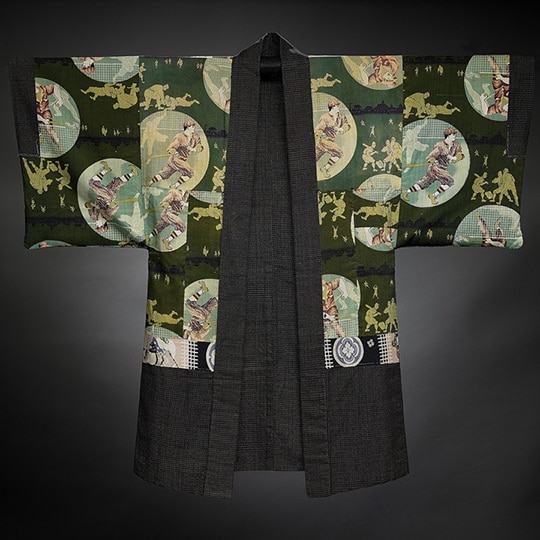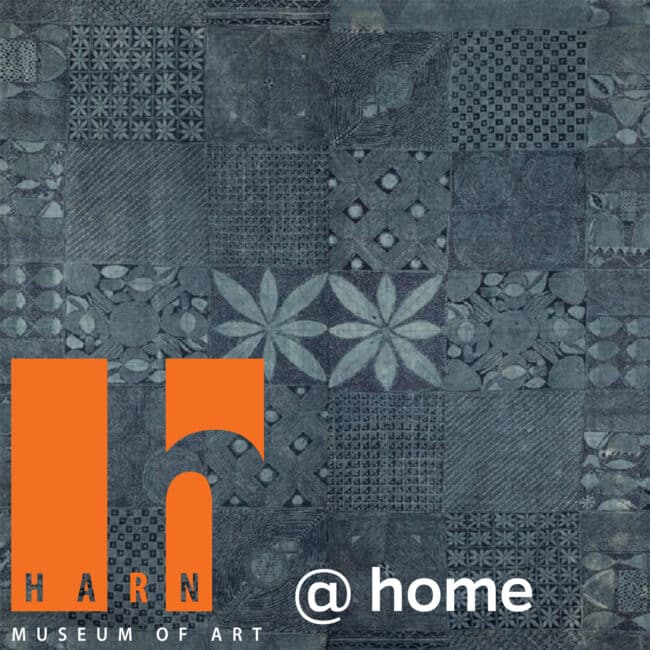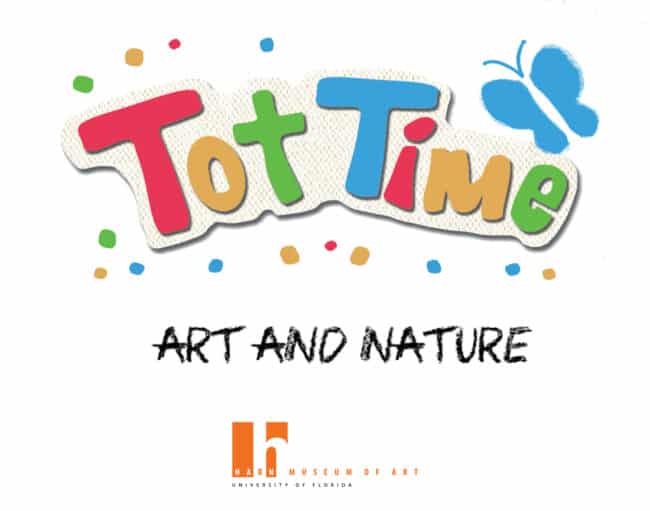
Do you keep things that you like close to your heart? The owner of this jacket, called a Haori [HOW-ri], did too! They carefully chose a fabric with their favorite sport on it to keep close to their heart. What do you think their favorite sport is?
If you guessed baseball, then you’re correct! What is your favorite sport? Does your favorite sport have a ball that you kick, toss or bounce? Many athletes use special movements, such as kicking, tossing and bouncing, to play and get points in a game. Artists use special movements, such as smearing, splattering and molding, to create art and transform the world around them.
As art athletes, we can draw inspiration from our favorite sports to create action inspired art! Let’s get started!
Tools and Materials
● Protective cover for your art-making surface
● A large piece of paper
● Athletic equipment, such as a tennis ball, basketball, hockey puck, ping-pong ball, golf ball, etc.
● Washable paints
● Paper plates or containers for paint
Procedure
1. Spread out your protective sheet over your art-making surface. This will help with clean-up since this activity can get messy!
• Tip: Old newspapers and paper bags work well as protective covers.
2. Squeeze an assortment of paints on to your paper plates or into your containers.
3. Dip, smear or drizzle paint onto your athletic equipment.
4. Kick, push, toss, press, bounce and/or roll your equipment onto your paper.
• Make a game out of this activity by inviting a family member or friend to pass the ball back and forth over the piece of paper.
• Who can make the biggest splatter? The smallest?
• How does the paint splatter if you make the ball bounce really hard versus gently? What if you use a really big ball? A really small ball?
• How does the paint react if you move your athletic equipment from different directions and positions? Experiment with standing, sitting, laying on your side or leaning.
• If you add a lot of paint, does that change how the equipment interacts with the paper? What about if you only apply a small amount of paint?
5. Once you’ve created your unique design, sit back and admire your creation! Would you want your design on a jacket to keep close to your heart?
Tips
A haori is a Japanese jacket worn with a kimono. Try out this activity with a garment or piece of fabric, like an old t-shirt. Before getting started, place a sheet of cardboard inside the fabric to ensure that the paint doesn’t bleed through.
Lesson plan by Courtney Toelle, Family Programs Intern and Art History and Museum Studies Master of Arts Student and Keithley Fellow in Case Western Reserve University’s Department of Art History and Art.



